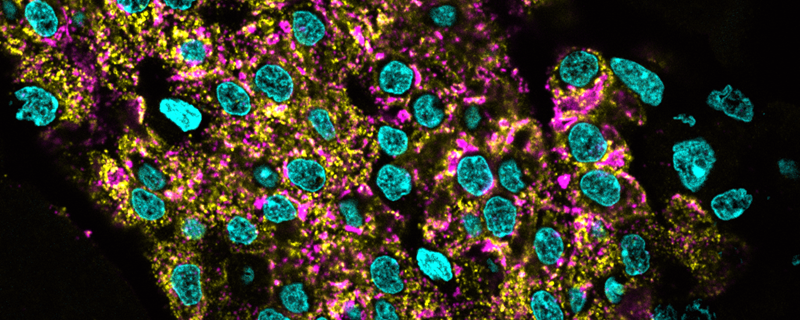KCNJ11
C57BL/6NTac-Kcnj11em1H/H contains a diabetes-associated point mutation created using CRISPR/Cas9 gene editing reagents delivered by pronuclear injection into 1-cell stage embryos.

A long-standing question in diabetes research
Diabetes is characterised by chronic elevation of the blood glucose concentration, which increases the risk of heart disease, stroke, retinopathy, renal failure, and peripheral neuropathy. It is a heterogeneous disorder with multiple aetiologies, but impaired insulin release is a major factor in all types of the disease. As diabetes affects multiple organs, appropriate animal models are of value for improving our understanding of disease mechanisms and how to treat disease.
The ATP-sensitive K+ channel (KATP channel) plays a central role in glucose-stimulated insulin release from pancreatic β-cells. When plasma glucose levels are low, channel activity keeps the β-cell plasma membrane hyperpolarised and thereby prevents insulin secretion. When glucose levels are higher, glucose metabolism rates are increased and cytosolic ATP is elevated. ATP then binds to the Kir6.2 subunit of the KATP channel causing it to close, which triggers membrane depolarisation and insulin release. Due to this critical role in stimulus-secretion coupling, gain-of function mutations in the gene encoding Kir6.2 (KCNJ11) cause neonatal diabetes, a rare inherited form of diabetes that presents within the first 6 months of life. These mutations act by reducing the ability of ATP to close the channel. Interestingly, KCNJ11 mutations that cause a very large decrease in ATP-sensitivity can also cause motor and mental developmental delay, due to the presence of Kir6.2 in brain neurones.
It has been known for many years that a common variant in KCNJ11 (E23K) causes a small increase in the risk of developing type 2 diabetes. The ‘at-risk’ allele is carried by about 40% of the population and has been identified in numerous genome-wide association studies. However, although the KCNJ11-K23 variant has been associated with type 2 diabetes for more than two decades, it was still unclear precisely how it enhances diabetes risk. To address this long-standing question, Frances Ashcroft’s group at the University of Oxford applied to the GEMM programme to generate a mouse model carrying this mutation.
In a recent study using this mouse model, they demonstrated that the ‘at-risk’ K23 variant impairs glucose-induced insulin secretion. This was found to be due to a very small decrease in the ATP sensitivity of the KATP channel, which increases the threshold for glucose-stimulated insulin secretion. This led to impaired glucose tolerance and an increased risk of diabetes when mice were fed a high fat diet. These data allowed them to conclude that the KCKJ11-E23K gene variant alone is sufficient to increase diabetes risk and provided important insight into the pathogenesis of type 2 diabetes.
This mouse model will also be valuable for future studies on diabetes, and its association with the KCNJ11-E23K gene variant. It might also provide a useful platform on which to investigate other risk alleles that might increase the likelihood for a carrier to develop diabetes.
This line and all others generated through the GEMM programme are available through the National Mouse Archive, here at MRC Harwell, and through the European Mouse Mutant Archive (EMMA).